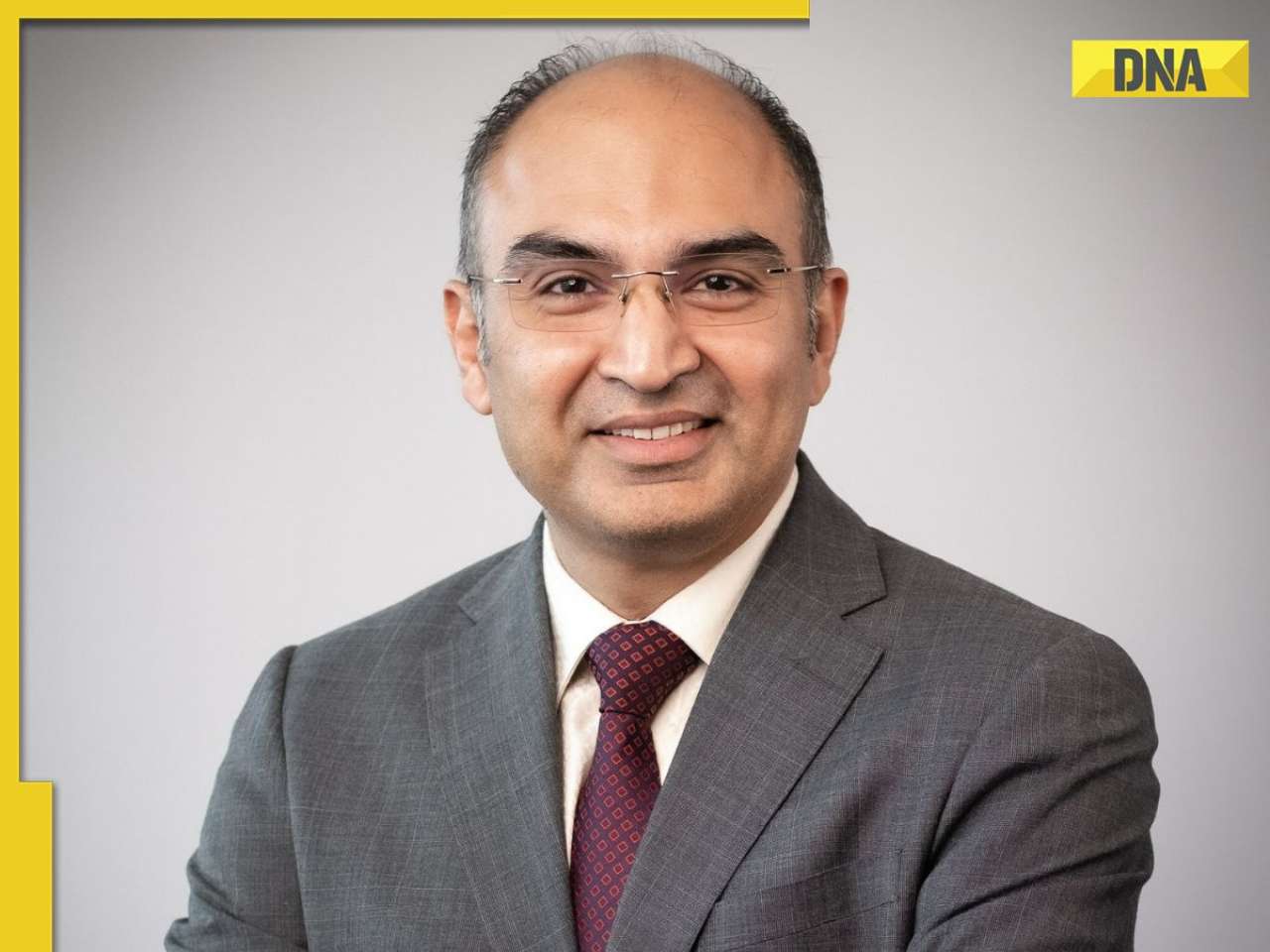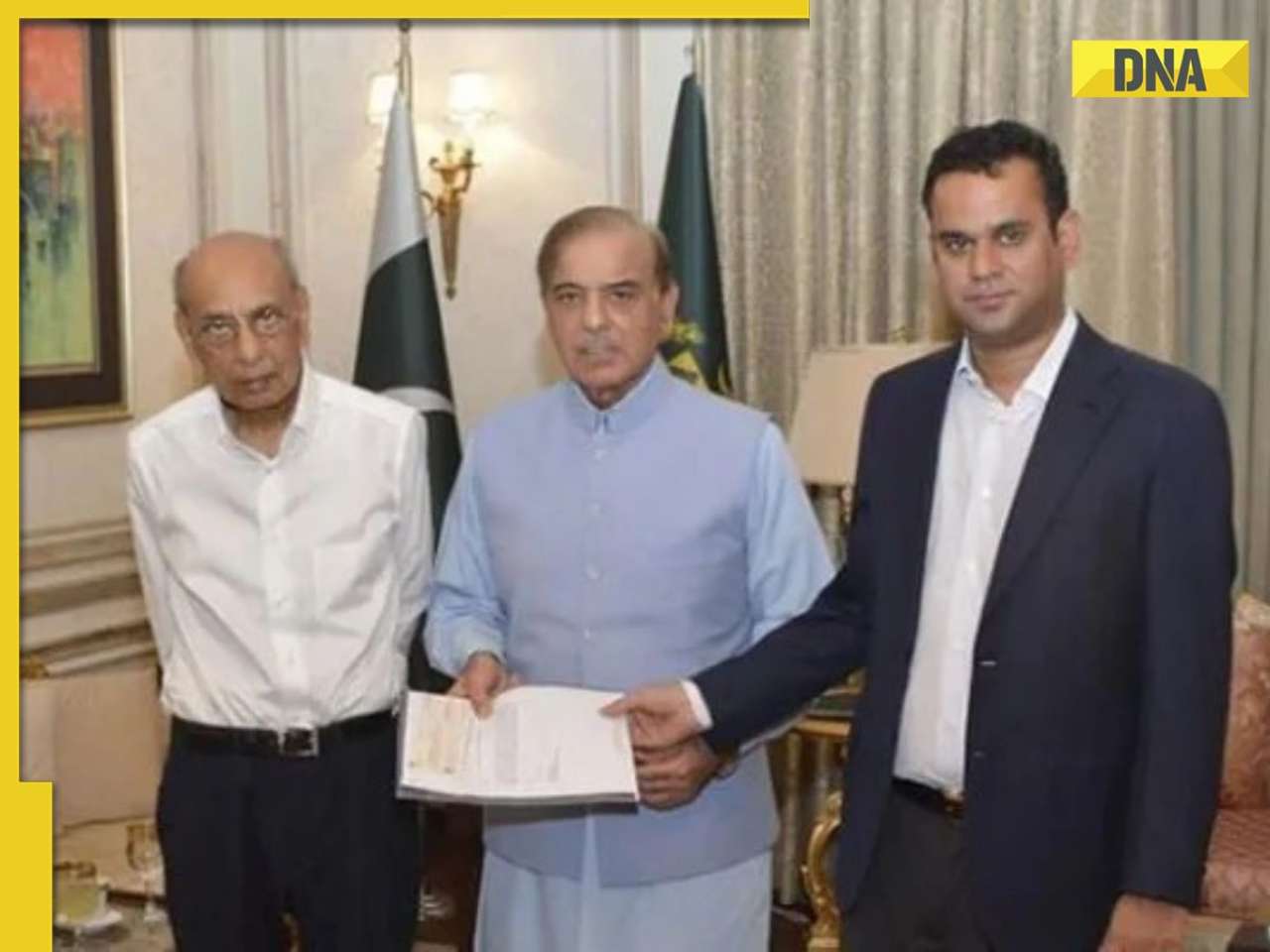A two-tier regulatory system, one for Indian universities and a more liberal one for foreign ones will create an uneven playing field.
For about a year now, Delhi University has been trying to push for a semester system. Given that students leave the country in droves every year seeking the flexible and dynamic university education system in the West, you would have thought that the move would have gone through smoothly.
But no, it stays stuck in a logjam: union protests, the intimidating task of overhauling a fossilised exam department, and a body of practices that have gotten so deeply rooted over eight decades that they have to be decimated before anything new can be attempted.
Delhi University may be able to afford the luxury of staying bubble-wrapped in time a little longer. “Our older system is quite strong too, so we want a debate before we start anything new,” says proctor Gurmeet Singh. “But the smaller, less robust public institutions will need to get their act together quickly.”
Singh has a reason to sound the warning: the Foreign Education Institutions (FEI) Bill which will allow global varsities to set up
shop in India will bring in systems far more alert to the needs of a changing world. And the worst hit will be the public universities in India that have been chugging along for decades without feeling the need to incorporate advanced practices. Even the mushrooming of private universities — be they deemed or doomed — did not shake them up.
Foreign universities, however, may create an uneven playing field. They will reportedly be governed by another regulatory agency, will not have to deal with prickly issues like reservation, and can charge fees that will help make up for the hefty corpus they need to set aside as guarantee money. All this while desi universities have to stick with the fees, salaries, calendars and admission policies dictated centrally by the UGC.
“Our state and central universities function under several restrictions, pertaining to the nature of the programmes they conduct, the salaries they pay, the fees they can charge, how much they can expand, the number and kind of students they take in. If you allow foreign universities to establish, grow and function with great flexibility and individuality while clamping down on the Indian universities, they will slide further still,” says Rajashekhar Pillai, vice chancellor, Indira Gandhi National Open University.
The need for university education is humongous and going to get even bigger. The country needs another 269 universities, as per the Knowledge Commission, to cater to the needs of its very young population.
This could mean that there is room in the country for all kinds of institutions — public, private and foreign depending on what students need and can afford. Those who can cough up the money needed will continue to seek degrees abroad for the kind of cultural experience it brings with it. Those who top the merit chart will get to the reputed Indian universities. And those who cannot make it to these will settle for the private institutions.
The foreign universities that will come to India then will cater to students who fall somewhere between these slots, given that they are bound to charge high fees but offer perhaps qualitatively better education than the private universities and the weaker public universities of India.
“There is a spectrum of quality of institutions and students. In this spectrum there will be a set of students who would forego study abroad plans and choose a branch campus. I expect that students from smaller cities would find the local branch campuses most appealing. These students face constraints of financial resources, information availability or academic preparedness and hence this opportunity may fit in well with their aspirations,” says Dr Rahul Choudaha, a US-based education specialist.
Private universities are in fact best placed to capitalise on the arrival of foreign universities in India by offering partnerships that could benefit both parties. They are better placed to adapt and collaborate by offering foreign universities existing infrastructure and resources if they do not wish to invest 100 per cent in a branch institution. There are already around 150 private institutions that have some kind of a tie-up with a foreign universities. Some offer twinning arrangements or dual degree programmes.
Those who feel passionately about the public universities of India built on idealism feel that they deserve a better chance at pulling themselves out of the quagmire of complacence. Pratap Bhanu Mehta, member of the Supreme Court committee on Indian Universities, says that they too deserve a liberal regime to survive, expand and grow.
“Apart from the IITs and IIMs, we have around 15-20 excellent public institutions. But if we have a two-tier regulatory system, one for the Indian universities and another for the foreign, can they compete? Why not give them the freedom too?” asks Mehta.
Amitabh Jhingan, who heads Ernst & Young’s higher education division, believes that nine out of 10 public universities are already facing huge challenges. But given their dependence on government funding there is so much and no more they can do to raise resources.
![submenu-img]() Anant Raj Ventures into tier 2 and tier 3 cities, pioneering growth in India’s real estate sector
Anant Raj Ventures into tier 2 and tier 3 cities, pioneering growth in India’s real estate sector![submenu-img]() Sophie Turner reveals she wanted to terminate her first pregnancy with Joe Jonas: 'Didn't know if I wanted...'
Sophie Turner reveals she wanted to terminate her first pregnancy with Joe Jonas: 'Didn't know if I wanted...'![submenu-img]() Meet outsider who was given no money for first film, battled depression, now charges Rs 20 crore per film
Meet outsider who was given no money for first film, battled depression, now charges Rs 20 crore per film![submenu-img]() This is owner of most land in India, owns land in every state, total value is Rs...
This is owner of most land in India, owns land in every state, total value is Rs...![submenu-img]() Meet man who built Rs 39832 crore company after quitting high-paying job, his net worth is..
Meet man who built Rs 39832 crore company after quitting high-paying job, his net worth is..![submenu-img]() Meet woman who first worked at TCS, then left SBI job, cracked UPSC exam with AIR...
Meet woman who first worked at TCS, then left SBI job, cracked UPSC exam with AIR...![submenu-img]() Meet engineer, IIT grad who left lucrative job to crack UPSC in 1st attempt, became IAS, married to an IAS, got AIR...
Meet engineer, IIT grad who left lucrative job to crack UPSC in 1st attempt, became IAS, married to an IAS, got AIR...![submenu-img]() Meet Indian woman who after completing engineering directly got job at Amazon, then Google, Microsoft by using just...
Meet Indian woman who after completing engineering directly got job at Amazon, then Google, Microsoft by using just...![submenu-img]() Meet man who is 47, aspires to crack UPSC, has taken 73 Prelims, 43 Mains, Vikas Divyakirti is his...
Meet man who is 47, aspires to crack UPSC, has taken 73 Prelims, 43 Mains, Vikas Divyakirti is his...![submenu-img]() IIT graduate gets job with Rs 100 crore salary package, fired within a year, he is now working as…
IIT graduate gets job with Rs 100 crore salary package, fired within a year, he is now working as…![submenu-img]() DNA Verified: Is CAA an anti-Muslim law? Centre terms news report as 'misleading'
DNA Verified: Is CAA an anti-Muslim law? Centre terms news report as 'misleading'![submenu-img]() DNA Verified: Lok Sabha Elections 2024 to be held on April 19? Know truth behind viral message
DNA Verified: Lok Sabha Elections 2024 to be held on April 19? Know truth behind viral message![submenu-img]() DNA Verified: Modi govt giving students free laptops under 'One Student One Laptop' scheme? Know truth here
DNA Verified: Modi govt giving students free laptops under 'One Student One Laptop' scheme? Know truth here![submenu-img]() DNA Verified: Shah Rukh Khan denies reports of his role in release of India's naval officers from Qatar
DNA Verified: Shah Rukh Khan denies reports of his role in release of India's naval officers from Qatar![submenu-img]() DNA Verified: Is govt providing Rs 1.6 lakh benefit to girls under PM Ladli Laxmi Yojana? Know truth
DNA Verified: Is govt providing Rs 1.6 lakh benefit to girls under PM Ladli Laxmi Yojana? Know truth![submenu-img]() In pics: Taarak Mehta Ka Ooltah Chashmah actress Deepti Sadhwani dazzles in orange at Cannes debut, sets new record
In pics: Taarak Mehta Ka Ooltah Chashmah actress Deepti Sadhwani dazzles in orange at Cannes debut, sets new record![submenu-img]() Ananya Panday stuns in unseen bikini pictures in first post amid breakup reports, fans call it 'Aditya Roy Kapur's loss'
Ananya Panday stuns in unseen bikini pictures in first post amid breakup reports, fans call it 'Aditya Roy Kapur's loss'![submenu-img]() Remember Harsh Lunia? Just Mohabbat child star, here's how former actor looks now, his wife is Bollywood's popular...
Remember Harsh Lunia? Just Mohabbat child star, here's how former actor looks now, his wife is Bollywood's popular...![submenu-img]() Mother's Day 2024: Bollywood supermoms who balance motherhood, acting, and run multi-crore businesses
Mother's Day 2024: Bollywood supermoms who balance motherhood, acting, and run multi-crore businesses![submenu-img]() Rocky Aur Rani's Golu aka Anjali Anand shocks fans with drastic weight loss without gym, says fitness secret is...
Rocky Aur Rani's Golu aka Anjali Anand shocks fans with drastic weight loss without gym, says fitness secret is...![submenu-img]() Haryana Political Crisis: Will 3 independent MLAs support withdrawal impact the present Nayab Saini led-BJP government?
Haryana Political Crisis: Will 3 independent MLAs support withdrawal impact the present Nayab Saini led-BJP government?![submenu-img]() DNA Explainer: Why Harvey Weinstein's rape conviction was overturned, will beleaguered Hollywood mogul get out of jail?
DNA Explainer: Why Harvey Weinstein's rape conviction was overturned, will beleaguered Hollywood mogul get out of jail?![submenu-img]() What is inheritance tax?
What is inheritance tax?![submenu-img]() DNA Explainer: What is cloud seeding which is blamed for wreaking havoc in Dubai?
DNA Explainer: What is cloud seeding which is blamed for wreaking havoc in Dubai?![submenu-img]() DNA Explainer: What is Israel's Arrow-3 defence system used to intercept Iran's missile attack?
DNA Explainer: What is Israel's Arrow-3 defence system used to intercept Iran's missile attack?![submenu-img]() Sophie Turner reveals she wanted to terminate her first pregnancy with Joe Jonas: 'Didn't know if I wanted...'
Sophie Turner reveals she wanted to terminate her first pregnancy with Joe Jonas: 'Didn't know if I wanted...'![submenu-img]() Meet outsider who was given no money for first film, battled depression, now charges Rs 20 crore per film
Meet outsider who was given no money for first film, battled depression, now charges Rs 20 crore per film![submenu-img]() Meet actress who quit high-paying job for films, director replaced her with star kid, had no money, now lives in...
Meet actress who quit high-paying job for films, director replaced her with star kid, had no money, now lives in...![submenu-img]() This star kid's last 3 films lost Rs 5000000000 at box office, has no solo hit in 5 years, now has lost four films to...
This star kid's last 3 films lost Rs 5000000000 at box office, has no solo hit in 5 years, now has lost four films to...![submenu-img]() Meet actress viral for just walking on screen, belongs to royal family, has no solo hit in 15 years, but still is…
Meet actress viral for just walking on screen, belongs to royal family, has no solo hit in 15 years, but still is…![submenu-img]() This is owner of most land in India, owns land in every state, total value is Rs...
This is owner of most land in India, owns land in every state, total value is Rs...![submenu-img]() Blinkit now gives free dhaniya with veggie orders, thanks to Mumbai mom
Blinkit now gives free dhaniya with veggie orders, thanks to Mumbai mom![submenu-img]() Meet man, an Indian who entered NASA's Hall of Fame by hacking, earlier worked on Apple's...
Meet man, an Indian who entered NASA's Hall of Fame by hacking, earlier worked on Apple's...![submenu-img]() 14 majestic lions cross highway in Gujarat's Amreli, video goes viral
14 majestic lions cross highway in Gujarat's Amreli, video goes viral![submenu-img]() Here's why Isha Ambani was not present during Met Gala 2024 red carpet
Here's why Isha Ambani was not present during Met Gala 2024 red carpet
























































)
)
)
)
)
)